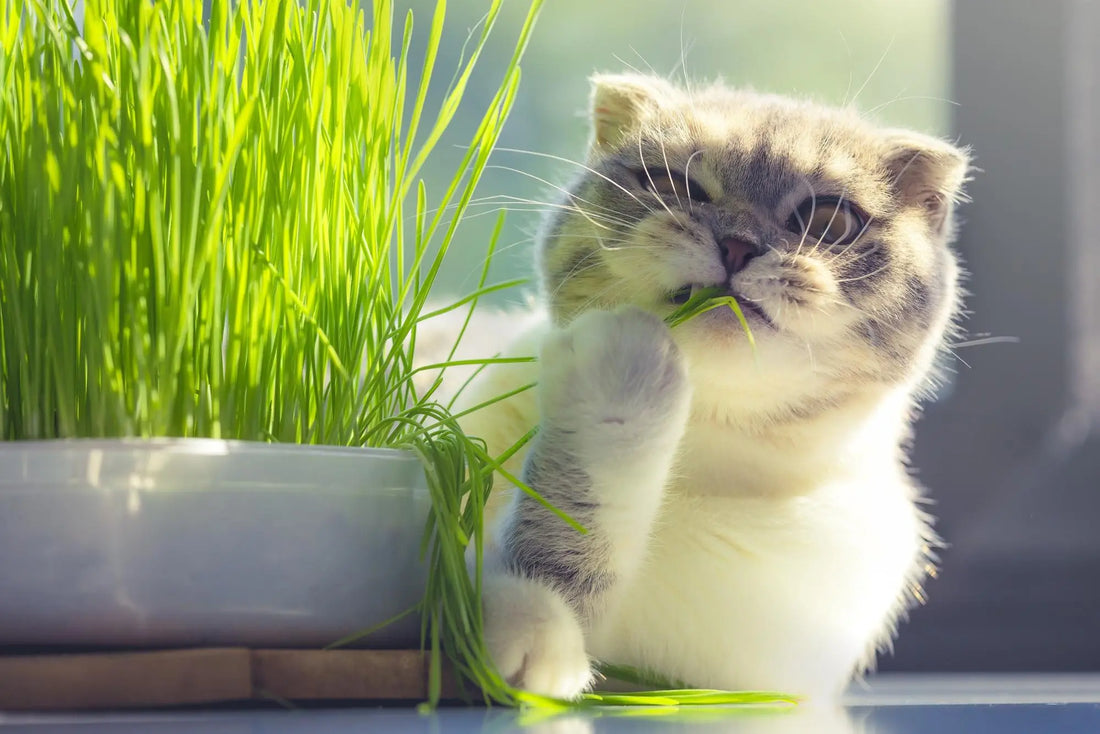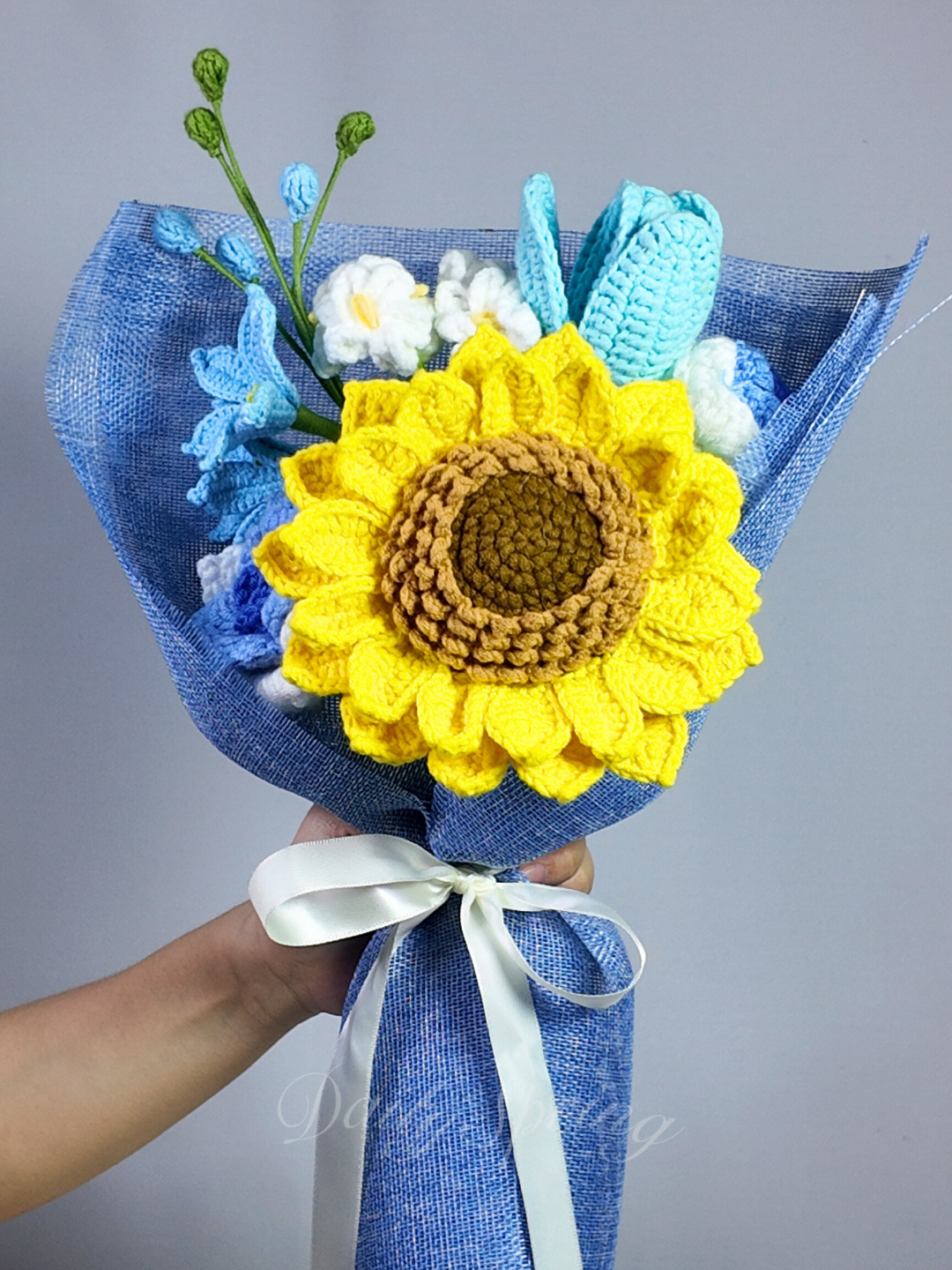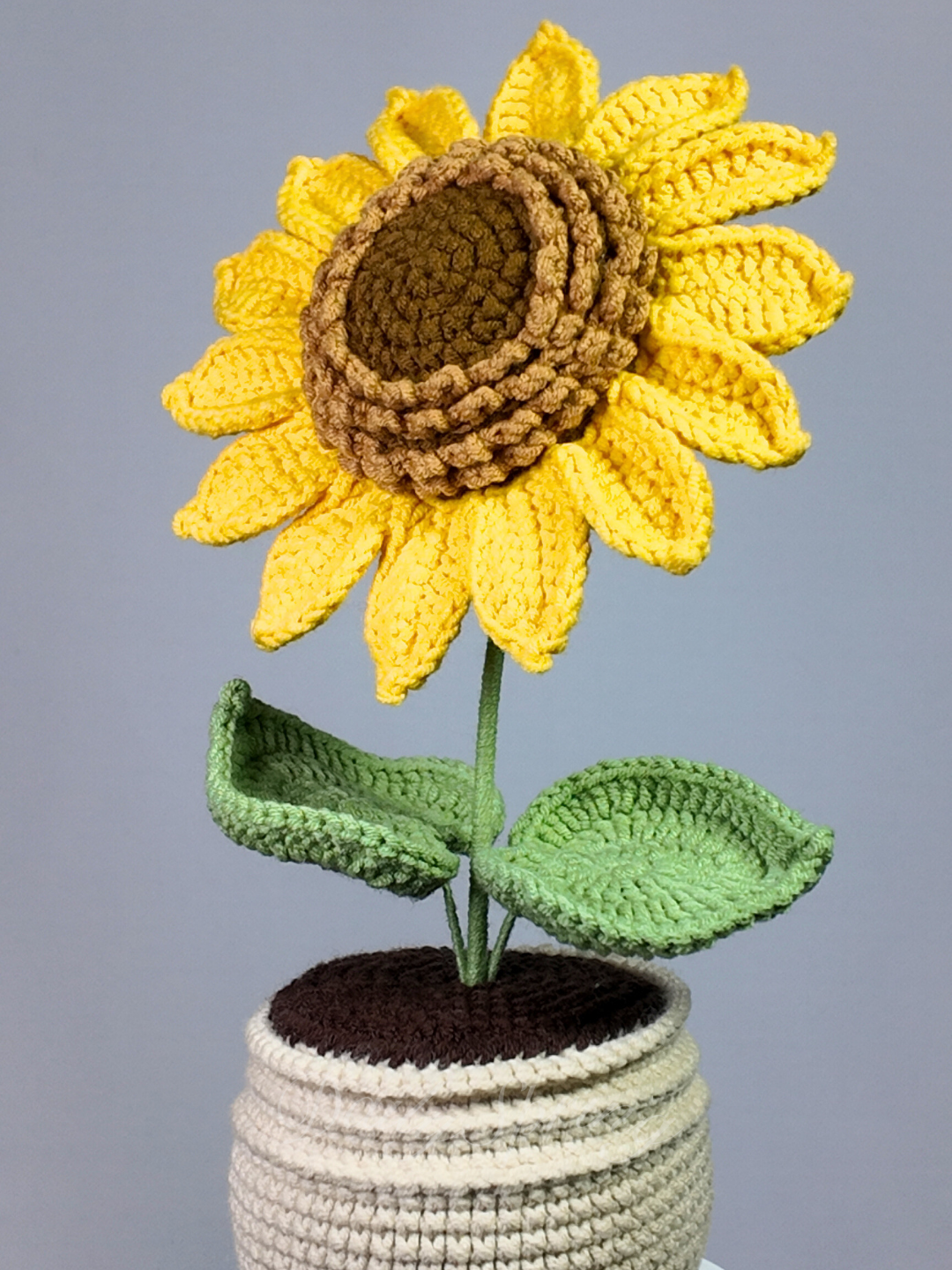
The Purr-fect Jungle: Singaporean Houseplants That Give Pets a Buzz (Not Poison)
Living in Singapore’s concrete jungle, we crave greenery. Lush ferns, trailing vines, and vibrant blooms transform our HDB flats and condos into urban oases. But what happens when your curious feline takes a nibble of your prized Spider Plant, or your playful pup munches on some Cat Grass? While we know about toxic plants (lilies, sago palms – steer clear!), many common "pet-safe" plants have surprising, lesser-known side effects. Let’s explore Singapore’s favourite foliage that won’t land your pet in emergency but might make them act a little... peculiar.
1. The Spider Plant (Chlorophytum comosum): Singapore's Hanging Hallucinogen

-
Why We Love It: Ultra-resilient, thrives in humid Singapore air, purifies toxins, and produces adorable "pups." Perfect for high shelves or hanging baskets in bright, indirect light (think East or North-facing windows common in HDBs).
-
The Pet Quirk: Contains chemical compounds related to opium. While completely non-toxic, these can have a mildly hallucinogenic effect on cats, similar to catnip but often less intense.
-
Side Effects: Cats might become obsessed, chewing leaves excessively. This can lead to mild vomiting or diarrhoea simply from overindulging in plant matter, not toxicity. You might notice dilated pupils, rolling around, or seeming slightly "spaced out".
-
Singapore Care Tip: Place in bright, humid spots like bathrooms (if well-lit) or near humidifiers. Water when topsoil dries. Rotate occasionally for even growth.
-
Pet Management: Hang it high! Use macrame hangers near ceilings. Provide plenty of approved chew alternatives like cat grass.
2. Cat Grass (Wheatgrass, Barley, Oat): The Fibre Frenzy

-
Why We Love It: Sold everywhere in SG (pet shops, nurseries, even supermarkets!). Easy to grow indoors, provides essential fibre, vitamins (like folic acid), and satisfies a cat's natural urge to chew greens.
-
The Pet Quirk: It’s GRASS. While beneficial in moderation, eating large quantities rapidly is common, especially with bored indoor cats in our compact homes.
-
Side Effects: Expect regurgitation (vomiting soon after eating). This is often a deliberate act by cats to expel indigestible matter (like furballs). Diarrhoea can also occur with massive overconsumption. Not toxic, just messy!
-
Singapore Care Tip: Grow small pots successively on sunny window sills. SG’s warmth makes it sprout fast! Keep soil moist but not soggy. Discard mouldy patches immediately in our humidity.
-
Pet Management: Offer small, controlled patches (a few blades daily). Supervise initial munching sessions. Place pots on stable surfaces to prevent tipping.
3. Silver Vine (Actinidia polygama) & Catnip (Nepeta cataria): The Legal Highs

-
Why We Love Them: Belonging to the kiwi and mint families respectively, these are specifically grown for feline enjoyment. Safe, legal stimulants sold as dried leaves, powders, or in toys.
-
The Pet Quirk: Contain nepetalactone (catnip) and actinidine (silver vine – often stronger than catnip), which bind to receptors in a cat's nose, triggering a temporary, euphoric response. Not all cats react (about 30% are immune to catnip; silver vine affects more).
-
Side Effects: Intense rolling, rubbing, drooling, vocalising (meowing loudly), hyperactivity, or zoning out ("tripping") for 5-15 minutes. This is usually followed by a period of lethargy or deep sleep. Can occasionally cause mild, temporary diarrhoea if large amounts are ingested.
-
Singapore Care Tip: Harder to grow indoors than cat grass. Best purchased dried. Store in airtight containers in the fridge to preserve potency in our heat and humidity.
-
Pet Management: Use as an enriching treat or training tool. Offer in controlled amounts on scratch pads or in toys. Provide a safe, quiet space for them to experience their "high."
4. The Hoya ("Wax Plant"): The Mildly Upsetting Beauty
-
Why We Love It: Stunning waxy leaves (often splashy or variegated), beautiful fragrant flower clusters (like porcelain!). Thrives in Singapore’s warmth and tolerates indoor light well. Many varieties available (e.g., Hoya carnosa, Hoya kerrii).
-
The Pet Quirk: While non-toxic, the thick, waxy leaves and milky sap (latex) can be mildly irritating to the digestive tract if large quantities are consumed.
-
Side Effects: Potential for mild vomiting, diarrhoea, or temporary loss of appetite due to gastrointestinal upset, not systemic poisoning. More common in puppies/kittens or pets with sensitive stomachs.
-
Singapore Care Tip: Loves humidity! Great for bright bathrooms. Water deeply only when soil is completely dry (treat like a succulent). East or shaded West windows are ideal. Wipe leaves occasionally to prevent dust build-up.
-
Pet Management: Usually not a major target, but place trailing varieties up high. Monitor curious chewers.
5. Venus Flytrap (Dionaea muscipula): The Gnat Indigester

-
Why We Love It: Fascinating carnivorous plant! Excellent for catching tiny fungus gnats that plague potted plants in humid Singapore homes. Safe and non-toxic.
-
The Pet Quirk: While the trap mechanism is harmless to pets (too small and weak), if a pet repeatedly chews and swallows multiple traps, the unusual plant material could cause mild gastrointestinal upset.
-
Side Effects: Possible mild vomiting or diarrhoea due to ingesting fibrous, unfamiliar plant matter, not venom or toxins.
-
Singapore Care Tip: Needs pure water (distilled, rainwater, or ZeroWater filter – tap water is too mineral-rich). Requires very high humidity (terrariums or cloches work well) and bright, direct light (South windows best). Keep soil constantly moist with pure water.
-
Pet Management: Usually more interesting to humans than pets! Best kept in terrariums or out-of-reach sunny spots.
Key Considerations for Singaporean Pet Parents
-
"Non-Toxic" ≠ No Consequences: As seen, even safe plants can cause vomiting, diarrhoea, or behavioural changes due to physical irritation, fibre overload, or mild psychoactive compounds. Always monitor new plant introductions.
-
The Humidity Factor: Singapore’s constant humidity is great for many plants but also encourages mould growth in soil. Ensure pots drain well. Cover soil surfaces with stones or use decorative gravel to deter digging and reduce mould access for pets.
-
Space Constraints: In small HDBs, keeping plants truly out of reach is hard. Utilise hanging planters, high shelves, terrariums, or dedicated plant cabinets (with ventilation!). Barrier sprays (bitter apple) can deter chewing.
-
Provide Alternatives: Grow dedicated pots of Cat Grass or Catnip to satisfy the urge to chew greens safely. Offer engaging toys to combat boredom-induced plant sampling.
-
Know Your Pet: Is your cat a notorious leaf-chomper? Is your puppy endlessly curious? Choose tougher plants like Haworthia or mature Hoyas, and place more tempting ones like Spider Plants completely out of access.
-
When to Worry: If vomiting/diarrhoea is persistent, severe, contains blood, or is accompanied by lethargy, tremors, difficulty breathing, or any swelling, seek veterinary help immediately. Contact Singapore Veterinary Emergency Care or your regular vet. Have the plant identified.
Table: Quick Guide to "Buzz-Inducing" Pet-Safe Plants in Singapore
| Plant | Common Side Effects | Ideal Singapore Spot | Pet Risk Level | Good Alternative For |
|---|---|---|---|---|
| Spider Plant | Mild "high," vomiting (overindulgence) | Hanging basket, humid bathroom | Moderate (Cats) | Toxic Pothos/Philodendron |
| Cat Grass | Regurgitation, diarrhoea (overindulgence) | Sunny window sill | Low-Moderate | Chewing toxic leaves/grass outside |
| Silver Vine/Catnip | Euphoria, hyperactivity, then lethargy | As treat/toy (store in fridge) | Low (as treat) | Boredom, lack of stimulation |
| Hoya | Mild vomiting/diarrhoea (sensitive pets) | Bright bathroom, East window | Low | Toxic Ivy/Trailing Philodendron |
| Venus Flytrap | Mild GI upset (if many traps eaten) | Terrarium in South window | Very Low | Toxic Pest Strips/Chemicals |
Cultivating Harmony in the Lion City
Creating a lush, pet-friendly urban jungle in Singapore is absolutely achievable! By understanding the subtle side effects of even "safe" plants, you can make informed choices. Prioritise placement, provide appealing alternatives, and embrace fascinating non-toxic options like Hoyas, Peperomias, Calatheas, Boston Ferns (loves humidity!), or Parlour Palms. Enjoy the beauty and air-purifying benefits of plants, knowing your furry companions can safely share your green sanctuary – even if the Spider Plant occasionally gives them a tiny, legal buzz. When in doubt about a specific plant, consult the ASPCA list or your Singapore vet.
Disclaimer: This blog is for informational purposes only and does not constitute veterinary advice. Always monitor your pets around plants and consult a veterinarian if you have concerns about their health or potential ingestion.



